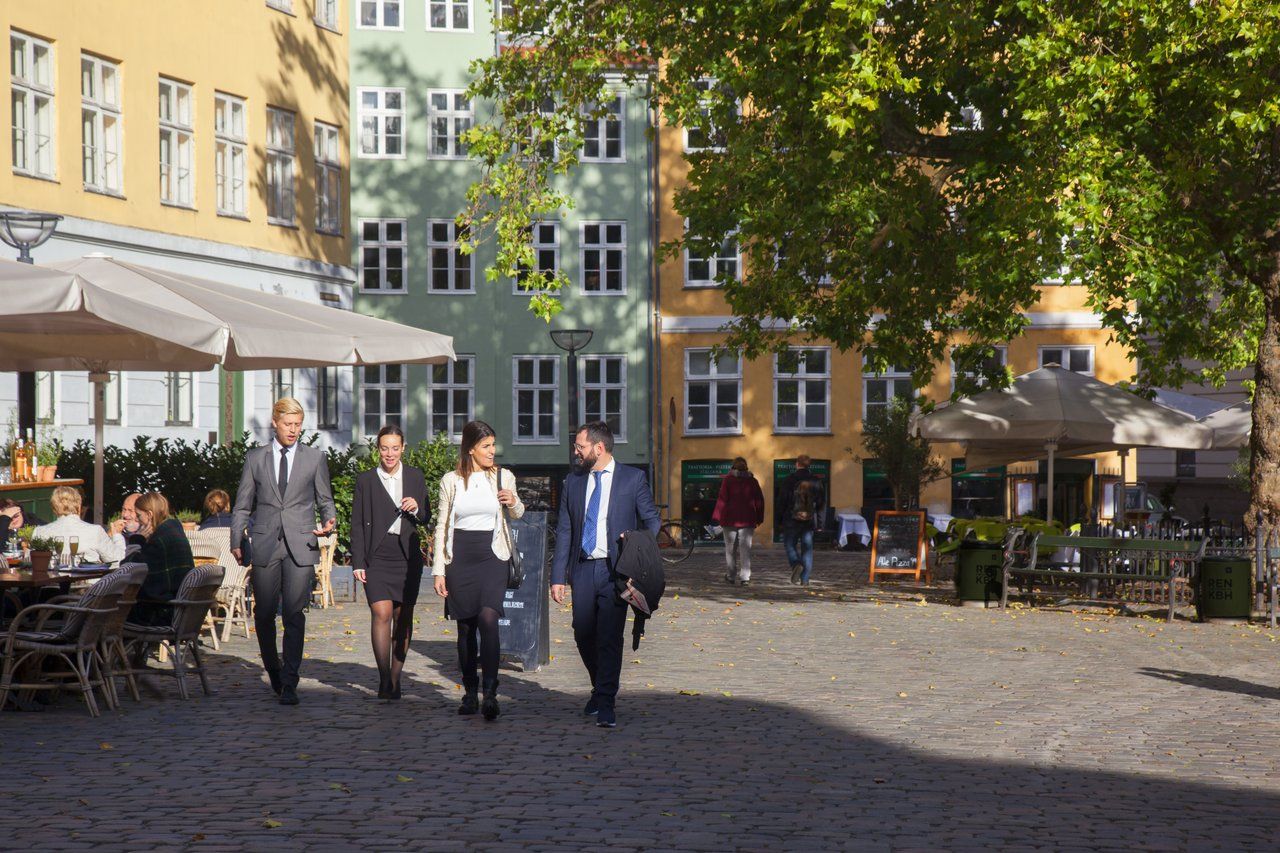If you’re a Danish woman named Camilla, you might want to keep an eye out for Baby Sam discounts in the near future.
That’s because, on average, Danish women are 29 years old when they have their first child, and as Camilla was the most popular name in 1989, the name is statistically the most likely to become pregnant next year – as was the case this year.
Louise comes in second, followed by Christina, Maria and Mette, while Katrine, Anne, Line, Pernille and Sara round up the top 10.
READ MORE: Camilla aside, Danes are experts at birth control, but clueless about getting pregnant
Søren’s soft testicles
There’s no reason why Danish men should miss out on a fun statistical story either – particularly if their name is Søren.
According to a story from earlier this year, Danish men named Søren have the smoothest testicles – a statistic that fortunately was not obtained in a manner that was overly ‘hands on’.
Bicycle equipment vendor Cykelpartner.dk assessed the sales of its gimmick product ‘Klunke voks’ (ball wax), which promises to be “so good for your balls”.
The most frequent name associated with ordering the wax was Søren, followed by Lars, Henrik, Anders and Jesper. Michael, Kim, Niels, Torben and Thomas completed the top 10.
















